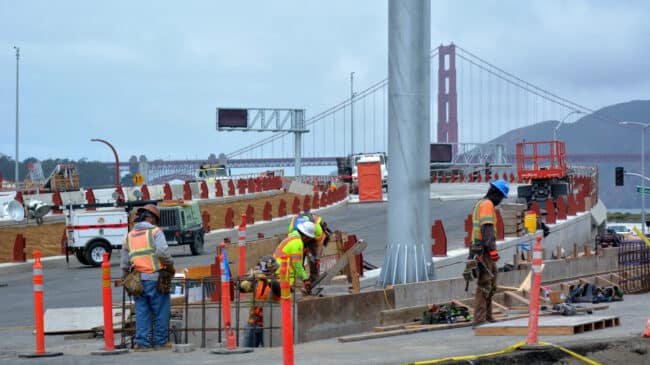Long-term public-private partnerships (P3) for transportation infrastructure are still relatively uncommon in the United States (though more widely used in Europe, Latin America, and the Asia/Pacific region). A recent policy paper lists 37 such projects that have been financed in the United States between 1993 and the end of 2022—less than two projects per year.
Although 38 states (plus Puerto Rico and the District of Columbia) have enacted P3 transportation legislation, according to the National Conference of State Legislatures, such projects have been financed and built in only 11 states (plus the Port Authority of New York & New Jersey).
The majority of states that have enacted such public-private partnership legislation either have not identified large projects suitable to this procurement approach or have included provisions in the legislation that create political risk, which deters investors. And two of the early-adopter states have ceased building P3 projects. California legislators allowed the state’s P3 authorization to expire, and Texas legislators have imposed a moratorium on new toll and P3 projects.
One factor in the limited use of long-term public-private partnerships for major projects is the opposition of some traditional transportation contractors to public-private partnerships.
This report examines those claims in light of the actual experience with P3 procurements of major highway, bridge, tunnel, and rail transit projects. It also explains the profound differences between traditional design-bid-build (DBB) projects and the P3 model that encompasses design-build-finance-operate-maintain (DBFOM) projects. Legislators need to understand these differences in order to better assess traditional design-bid-build contractors’ concerns about public-private partnerships.
Full Policy Brief: Contractors and Transportation Public-Private Partnerships
One Pager: U.S. Contractors and Long-Term Public-Private Partnerships

